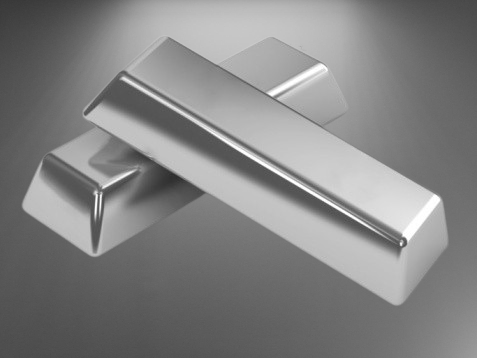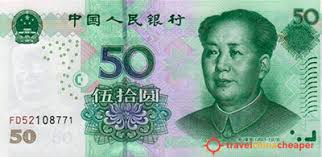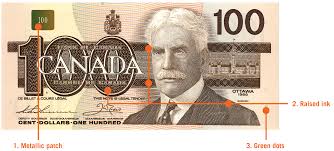
(Due to technical issues, the search service is temporarily unavailable.)
Silver is a precious metal with the chemical symbol Ag (from the Latin argentum) and atomic number 47. It has been valued for centuries for its lustrous appearance, conductivity, and industrial uses.
Key Properties of Silver:
- Shiny & Malleable – Highly reflective and can be polished to a brilliant finish; easily shaped into jewelry, coins, and utensils.
- Excellent Conductor – The best electrical and thermal conductor among all metals, making it essential in electronics.
- Antibacterial – Used in medical applications (e.g., wound dressings, coatings for medical devices).
- Ductile – Can be stretched into thin wires without breaking.
Uses of Silver:
- Jewelry & Silverware – Popular for ornaments and cutlery.
- Electronics – Used in circuit boards, batteries, and solar panels.
- Currency & Investment – Minted as coins (e.g., American Silver Eagle) and traded as bullion.
- Photography & Medicine – Though digital tech reduced photo demand, silver remains useful in X-rays and antimicrobial coatings.
Silver vs. Gold:
- Cheaper – More affordable for small investors.
- More Volatile – Prices fluctuate more than gold due to industrial demand shifts.
- Industrial Demand – Over 50% of silver is used in industries (unlike gold, which is mostly for investment/jewelry).
Would you like details on silver’s price trends or how to invest in it?









